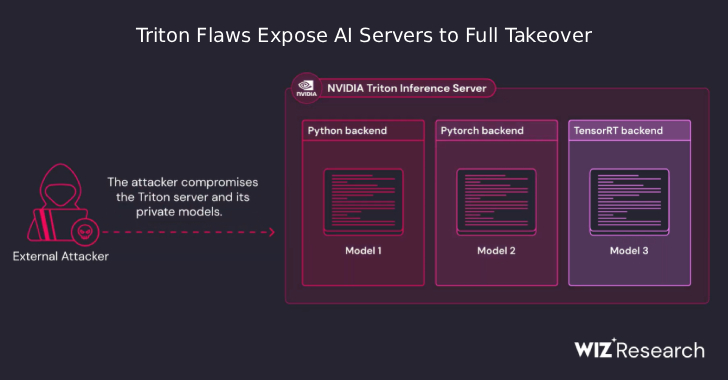
A Social Engineering Testing Checklist
Social engineering is the art of exploiting human psychology to gain unauthorized access to sensitive information or resources. It involves manipulating people into divulging confidential information, performing actions they would not normally do, or bypassing security measures. Social engineering attacks are highly effective because they target the weakest link in any security system – the human factor.
To protect against social engineering attacks, organizations must conduct regular Social Engineering Testing. This involves simulating real-world social engineering attacks to identify vulnerabilities and educate employees on how to recognize and respond to such attacks. To ensure a comprehensive and effective social engineering testing program, organizations can use the following checklist:
- Define Objectives: Start by defining the objectives of the social engineering testing program. What do you want to achieve through the testing? Is it to identify weaknesses in security policies, assess employee awareness, or test the effectiveness of existing security controls? Clearly defined objectives will help focus the testing efforts and measure the success of the program.
- Establish Legal and Ethical Boundaries: Social engineering testing involves manipulating people and potentially breaching their privacy. It is important to establish legal and ethical boundaries to ensure the testing is conducted in a responsible and respectful manner. Obtain the necessary permissions and create guidelines for the testing team to follow.
- Gather Information: Before conducting social engineering tests, gather as much information as possible about the target organization. This can include information about its employees, physical layout, technologies, and security systems. The more information you have, the more realistic and effective the social engineering tests will be.
- Develop Test Scenarios: Develop realistic test scenarios based on the information gathered. Test scenarios should mimic real-world social engineering attacks, such as phishing emails, phone calls, impersonation, or physical access attempts. Consider using different attack vectors and techniques to cover a wide range of social engineering tactics.
- Test Different Departments and Roles: Social engineering attacks can target any employee, regardless of their role or department. Test different departments, such as IT, HR, or finance, and different roles, such as managers, executives, or front-line employees. This will help identify vulnerabilities across the organization and ensure that everyone is aware of the risks.
- Test Different Communication Channels: Social engineering attacks can be carried out through various communication channels, including email, phone calls, in-person interactions, or even social media. Test each communication channel to identify vulnerabilities and determine the effectiveness of existing security controls.
- Assess Employee Awareness and Training: Evaluate the level of employee awareness and their ability to recognize and respond to social engineering attacks. Provide training and educational materials to improve employee understanding of social engineering tactics and best practices for security awareness.
- Document Findings and Vulnerabilities: Document all findings and vulnerabilities discovered during the social engineering tests. Categorize them based on severity and impact and prioritize them for remediation. This will help prioritize security improvements and provide a baseline for measuring future improvements.
- Share Findings with Relevant Stakeholders: Communicate the findings and vulnerabilities to relevant stakeholders, such as management, IT teams, or security personnel. Share recommendations for improving security controls and mitigating the identified vulnerabilities. This will help drive necessary changes and ensure that everyone understands the importance of social engineering threat mitigation.
- Conduct Regular Testing: Social engineering attacks constantly evolve, and new vulnerabilities may emerge over time. To ensure ongoing protection against social engineering attacks, conduct regular testing. This can be done annually, quarterly, or more frequently depending on the organization’s risk profile and industry regulations.
- Continuously Educate and Train Employees: Social engineering awareness and training should be an ongoing process. Conduct regular security awareness training sessions, provide updated educational materials, and continuously reinforce the importance of vigilant behavior. Regular education will help employees stay informed about the latest social engineering tactics and improve their ability to respond effectively.
- Monitor and Measure Success: Establish metrics and key performance indicators (KPIs) to measure the success of the social engineering testing program. These can include metrics such as the number of vulnerabilities discovered, employee awareness levels, or the effectiveness of security controls. Regularly monitor and review these metrics to track progress and make necessary adjustments.
By following this social engineering testing checklist, organizations can better protect themselves against social engineering attacks. Regular testing and employee education will improve awareness and help identify and address vulnerabilities before they can be exploited. Remember, social engineering attacks are an ongoing threat, and staying vigilant is the key to maintaining robust security.
Contact Cyber Defense Advisors to learn more about our Social Engineering Testing solutions.





